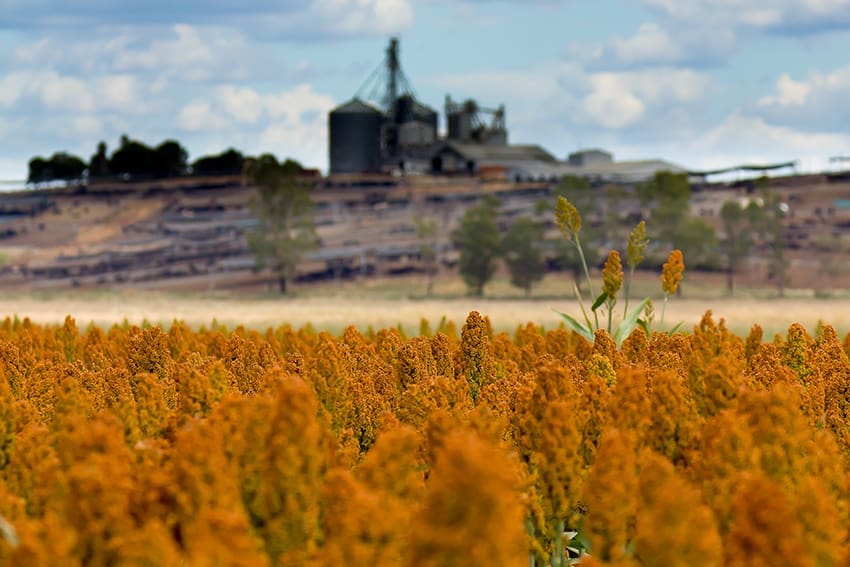SORGHUM production is expected to bounce back to long-term average levels following rainfall across much of Queensland and northern New South Wales.
According to the National Australia Bank’s February Agribusiness Commodity in Focus report, which provides a wrap-up on price and production forecasts for summer crops, sorghum is the standout with production forecast to increase 63.6 percent in 2015.
General manager of NAB agribusiness, Khan Horne, said this year’s crop had shown a real turn-around following late rain.
“It’s good to see improved conditions and sorghum production back up to more average levels in northern New South Wales and the Darling Downs,” he said.
“We expect yields to be in the order of the ten-year average to slightly below, but good rain following Cyclone Marcia across the Darling Downs points to the upper-end of the range at this stage.”
Sorghum prices fell in mid-2014 in line with lower international grain prices, but have since trended upwards somewhat.
NAB’s February Commodity Focus expects sorghum prices to be on par with last year, with just a 1.2pc cent fall in Australian dollar terms, even with the surge in production.
“The falling Australian dollar will also cushion some of the impact of falling global prices for grain sorghum,” Mr Horne said.
Across the other summer crops, reduced irrigation water allocations have seen a fall in area planted to cotton and rice, while feed maize is up slightly.
Cotton production is forecast to be down 46.4pc this year and there are also likely to be some year-on-year price falls as changes to China’s subsidy arrangements and cheaper synthetic fibres eat into demand. The fortunes of the cotton industry have an indirect bearing on beef, as both whole cotton seed and cotton seed meal are widely used in supplementary feeding and feedlot rations across the beef industry.
Similarly, production of rice is expected to fall 17.8pc and prices to be down 11pc. Lower irrigation water availability stemming from below average inflows into Murray Darling basin storages in NSW was the main cause of the smaller area planted to rice this season.
On the upside, the production of feed maize is forecast to increase 9.9pc based largely on an increased area planted in NSW and Queensland. Prices are expected to be stable with a 1.3pc increase.
“Overall the outlook for the season is strong and reflects a steady improvement to the expected conditions at the beginning of the year,” Mr Horne said.
- Click here to download NAB’s February Commodity in Focus report.




HAVE YOUR SAY